In the last decades, researchers and western medicine has become increasingly interested in the so called ‘mind-body connection‘ in order to treat illness and promote health. The mind-body connection is concerned with the influence that our thoughts, feelings, beliefs, and attitudes can have on our biological functioning as well as our mental health.
For the longest time, western doctors would strictly separate physical health from emotional and mental health. Illnesses like heart attacks, cancer or Alzheimer's disease were seen from a purely medical and physical perspective. However, new insights suggest that there is a strong relation between our emotional state and our physical functioning and that pain in the body can often be addressed to an underlying emotional issue, for example unprocessed trauma.
This article will provide you with an overview on how to recognize and understand the pain signals of your body by actively listening to the intelligence of your body. What might be their underlying root cause and how you can you effectively and holistically treat it to regain health and perfect balance? Continue reading as we address and answer these questions.
Understanding the mind-body connection
Most of us have felt the effects of fear, stress or anxiety on our bodies. Remember when you had to give an important presentation in university and all of a sudden your heart started to beat faster and your palms got sweaty? Or did you get the worst stomach cramps when you were stressed about the important exam? These are emotional disharmonies that are physically manifesting in your body.
But not only in these extreme situations are our emotions reflected in our body. Actually, our underlying emotional state is communicated to us very subtle at all times through the vessel of the body. Tension, wherever it arises in the body, is often a sign of stress and stuck emotions that we are unable to release. Through pain, discomfort and tension our body is able to signal us that something is „off“ and needs to be addressed not only from a physical, but also from an emotional perspective. Research found out that the same brain areas are activated within emotional and physical pain, confirming that they are deeply interconnected.
Dismantle the root cause: Use your emotional intelligence to listen to your body
If we only treat the physical symptoms of any dis-ease we are experiencing, but never address the underlying emotional root cause, the symptoms are doomed to recur until we have healed the deeper meaning of what is actually causing them. Your body responds to how you think, feel and act. Positive thoughts and behavior lead to lightness in the body whereas trauma, long term stress, negative feelings, limiting beliefs and depressive states can damage our mental and physical health.
When these emotional states are never addressed but become suppressed, they can form into chronic tension or pain in the body, often held in the hips, the back, the jaw or the stomach area and our organs. In the end, we are just energetic beings and our body reacts to the negative frequencies of our thoughts with pain and discomfort.
Best-selling author Louise Hay has even dedicated much of her life-work to the connection of physical and mental pain. Her book Heal Your Body, published in 1960, has become the benchmark for the relationship of physical and emotional pain and is still being used widely until this day.
In order to treat the physical illnesses, or dis-ease as Hay likes to call them, we first need to get to the root of the problem. What is my body telling me about my emotions? How can I release these stuck emotions and mental disharmonies to heal my body? These are some of the questions we can ask ourselves to start the healing process. Intuitively listen with our emotional intelligence, give the emotions space to arise and acknowledge them without judgment. Often we carry trauma or limiting beliefs in our bodies for years, sometimes decades. Healing them takes time and requires us to be gentle and to use our emotional intelligence, your self-awareness.
Self-heal through yoga, meditation and (self-)massage
Sometimes it can be difficult to let our emotions arise by themselves, especially if they have been suppressed and stuck for years, physically manifesting as pain and tension in our bodies. We first need to learn how to listen to the signals of our body again by creating self-awareness and understanding our body’s pain signals. To help let our emotions arise and then heal them, tools like yin yoga, meditation and self-massage can be incredibly helpful.
Yin yoga, just as massage connects deeply into the fascia and connective tissue of our bodies. Often here are our emotions stored, especially in the hips where we hold our trauma, anger and difficult emotions. By gently massaging or stretching into these areas we can release the stuck emotions bit by bit. Sometimes the heavy emotion will arise again and we feel it with all our body before it can be released forever.
If this is the case, meditation can be very beneficial as meditation allows us to remain present and centered while we move through a heavy emotion, acknowledging it as a pattern from the past that arises to finally free ourselves from it. Meditation also helps us with non-identifying with the emotions and looking at them in a non-judgmental way. We remember that we are so much more than the emotion, so much more than our pain. We are beings of light that are able to be the alchemists of our lives, releasing and transforming emotions and pain.
If you would like to experience under loving guidance how to self-heal your body from pain and tension, visit our next Meditation and Self-Massage class which we host once a month on a Saturday at The Conscious Club.




